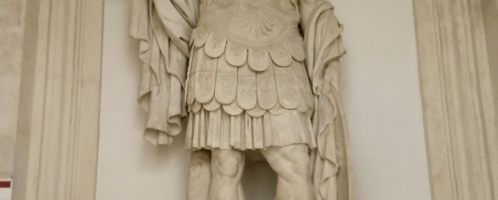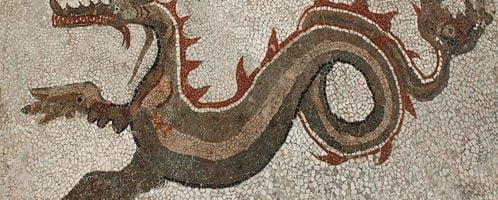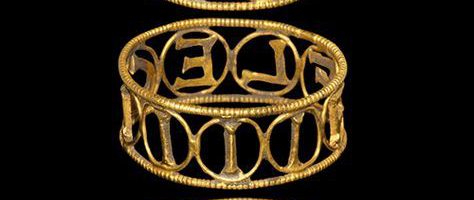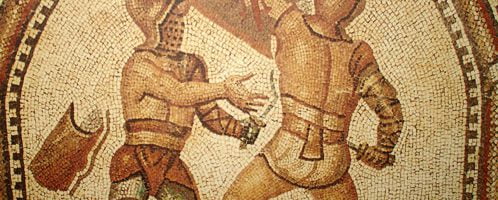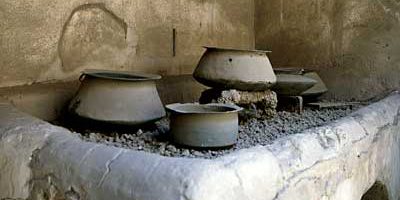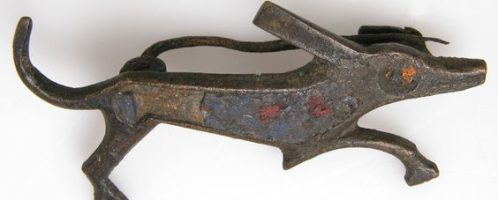If you have found a spelling error, please, notify us by selecting that text and pressing Ctrl+Enter.
Curiosities of ancient Rome
The world of ancient Romans abounded in a number of amazing curiosities and information. The source of knowledge about the life of the Romans are mainly works left to us by ancient writers or discoveries. The Romans left behind a lot of strange information and facts that are sometimes hard to believe.
Roman city of Viriconium Cornoviorum
Viriconium Cornoviorum (now Wroxeter in the West of England) was founded as a Roman fort (castrum) in the middle of the 1st century CE, which was the base for the 14th Gemina legion, invading Wales. The city developed at the end of the 1st century and became the fourth largest city in Roman Britain.
Legionary helmet destroyed in fire
Helmet of a legionary destroyed by fire, most likely during the capture and total destruction of the city during the revolt of Boudica (60-61 CE).
What did gladiators eat?
Subsequent fights and constant effort required the gladiator’s body to receive the right amount of food with the right nutritional values. We know about what ancient gladiators ate thanks to discoveries from Turkey and ancient records.




